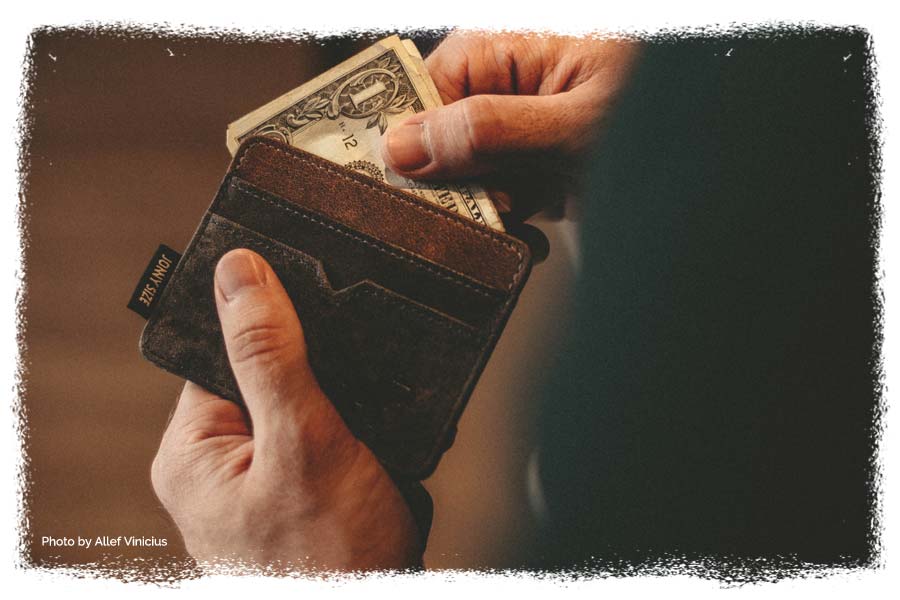This is a question I have been struggling with for a while now. I have done some research have read contradictory things in various books and articles.
Beth Kobliner the author of Make Your Kid A Money Genius (even if you’re not). says that it doesn’t really matter if you give an allowance or not. She went through more than 24 academic studies and found that there was no definitive proof that an allowance helps make your child better able to handle money. She recommends that you do what you want and feels best for you and your family. She believes that having the money conversations are much more important than whether you give an allowance or not.
If you do decide to give an allowance, Kobliner has “The 5 Cs of Allowance” that she strongly recommends. They are:
1. Be Clear – Clearly communicate what the allowance money is to be used for. What are you (as the parents) responsible to pay for (outside of the allowance money) and what are they (the children) to use the allowance money for? Generally the older the child the more things they are responsible to pay for. With young children you want to keep it simple. The key is to make sure everyone is clear on who is responsible for what.
2. Be Consistent – This can be tough. Many of us have started giving allowance and then it just fades away or is inconsistent. Kobliner says it is more important to be consistent than to have the “right” rules. You get to decide what the best rules for your family are.
You can ask around and find out what the “going rate” for allowance is in your area. She mentioned a rule of thumb of a dollar amount equal to your child’s age each week. Only you know if you can handle and are comfortable giving $10 each week to your ten year old. Do what makes sense for you.
3. Give Control – Let your child spend their “spending” money the way that they want. If you have some rules, make sure they are clear and consistent but try to give as much freedom as possible on how they choose to spend their money. I still recommend trying to enforce the spending / saving / giving buckets but within the spending, they get to choose how to spend it. That is how they learn. You may think it is a waste but each of us has different values and different things that are important to us.
4. Use Cash – There are lots of cool apps and different ways to track your children’s allowance. She doesn’t recommend that you use them. The studies show that using cash, especially at a young age makes it more real and teaches better lessons about money.
5. No Chores – The research shows that you do NOT want to link allowance to doing chores. Chores should be part of the responsibility of being a family member. Children should not get paid to do their chores. You do not want to link their chores or not doing them to their allowance. This can cause issues because your child may decide that not making their bed is not “worth” the money to them. Chores are non-negotiable. Chores are a given as being a contributing member of the family. You want to find other ways to discipline or motivate your child rather than using an allowance that is linked to chores.
You CAN pay your child for doing extra jobs that are not part of their usual responsibilities. These are things above and beyond what you expect of them and often they are things you would pay someone else to do anyway – like weeding, raking leaves, or shoveling snow. As the parents, you get to decide what are your child’s family responsibilities / weekly chores and create a separate list of other work they can choose to do that they can get paid additional money for.
Giving an allowance is one way to teach your children about money. It is only one method and it has not been proven that it is the best or a necessary way. If you do want to do an allowance, take note of the recommendations listed above.
More importantly, think about what lessons you would really like to teach your children about money and make a conscious effort to do that (as often as possible) through your actions and discussions with them.


Recent Comments